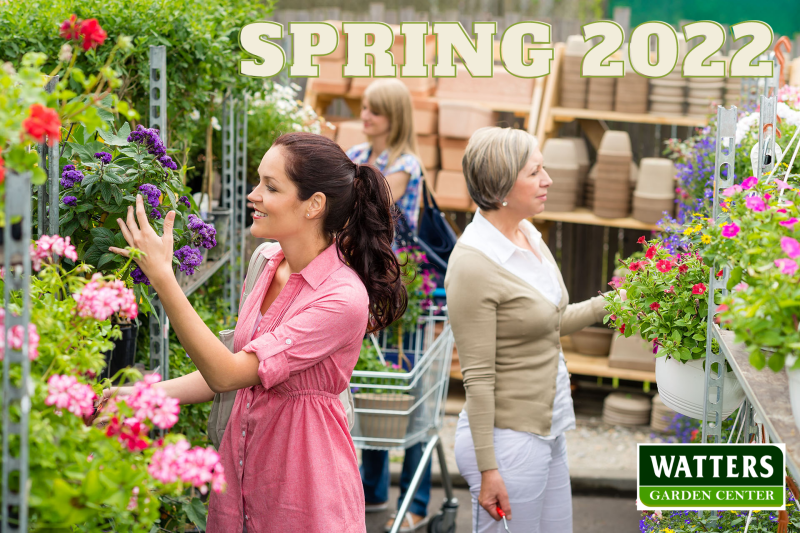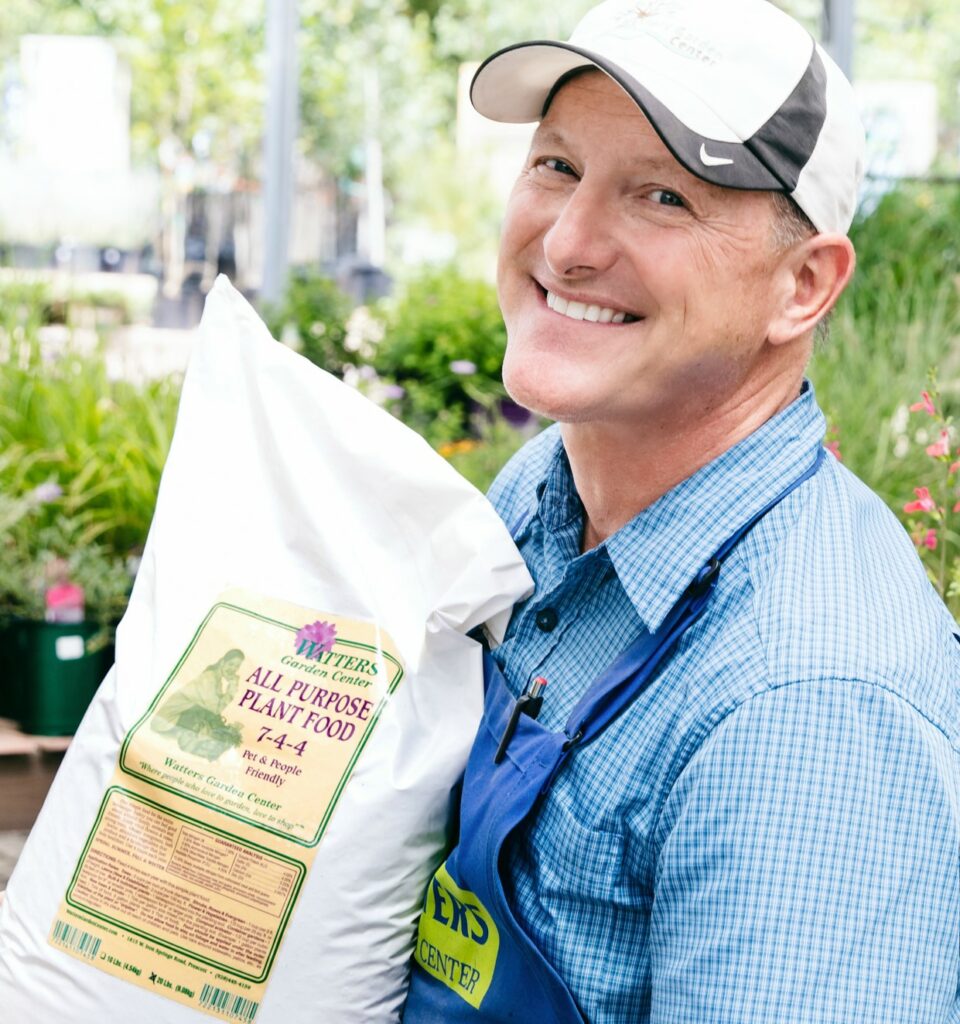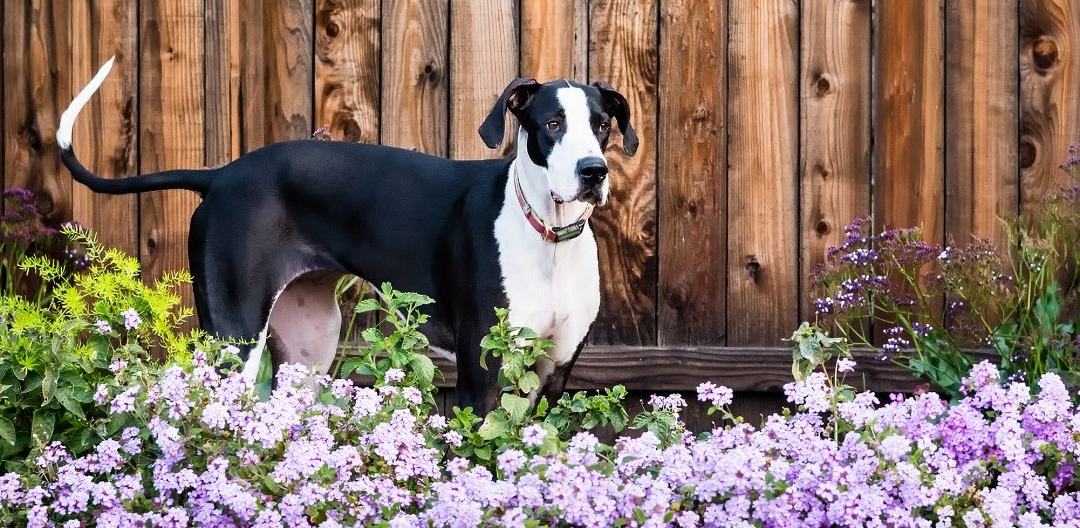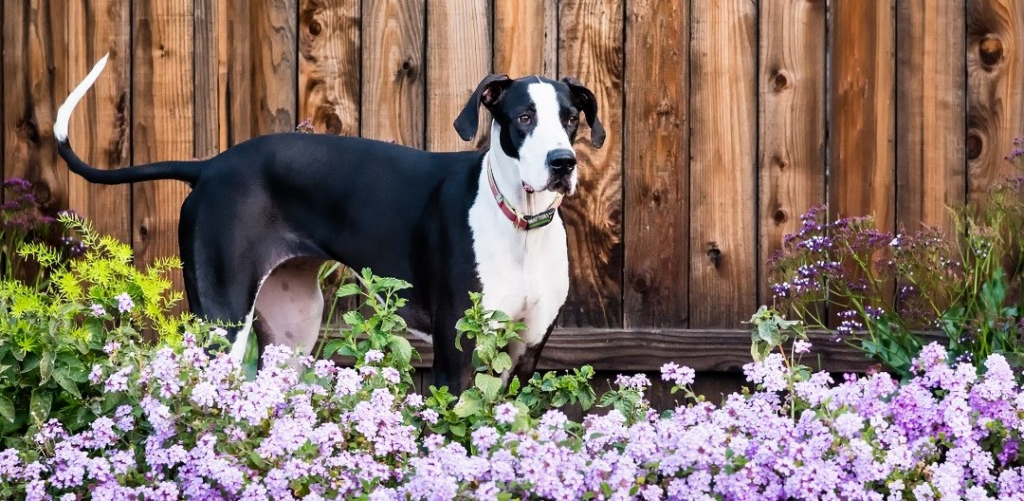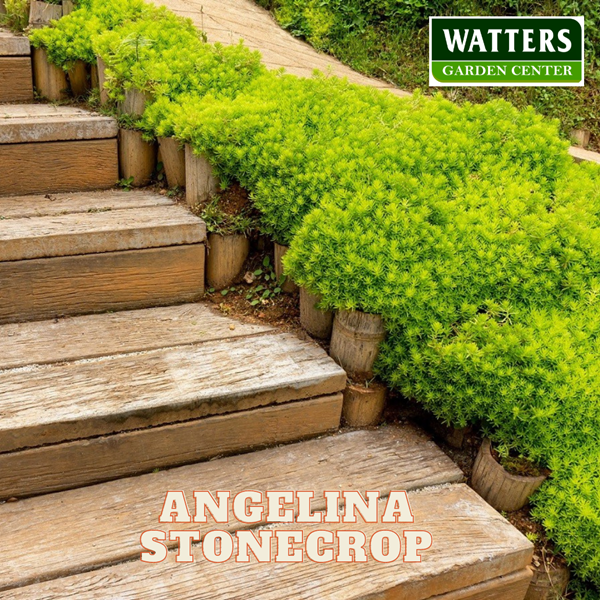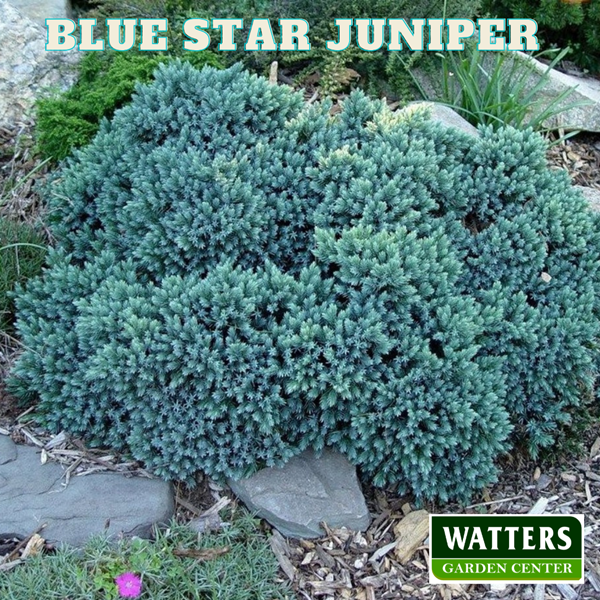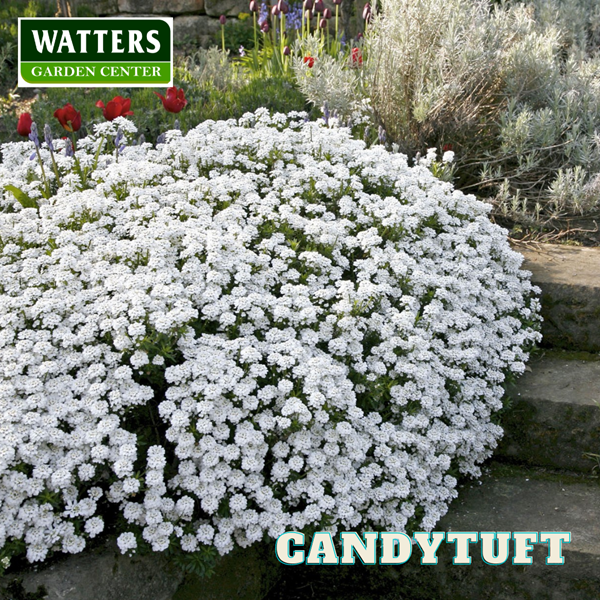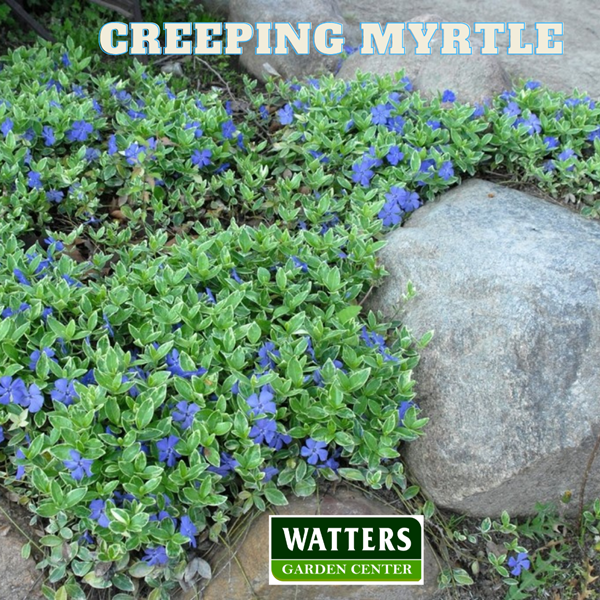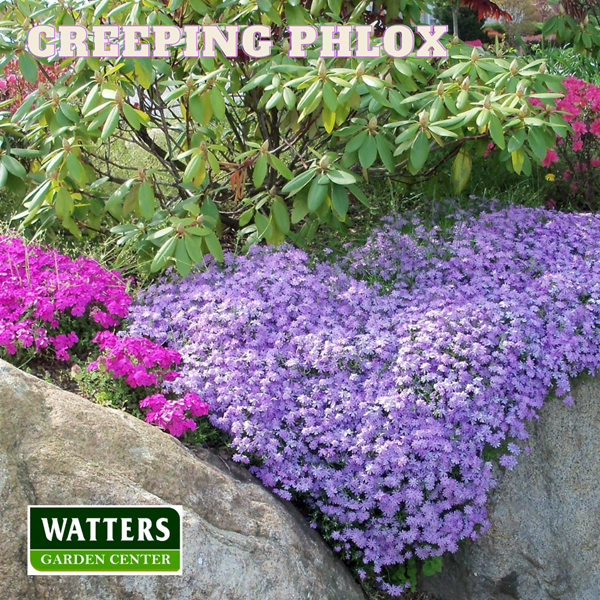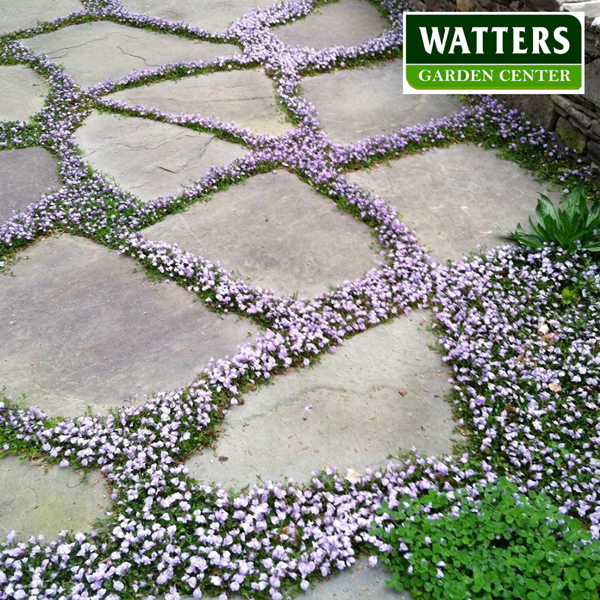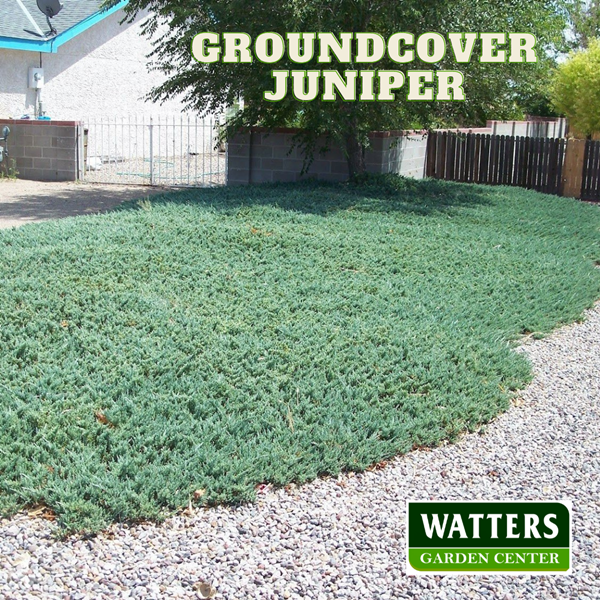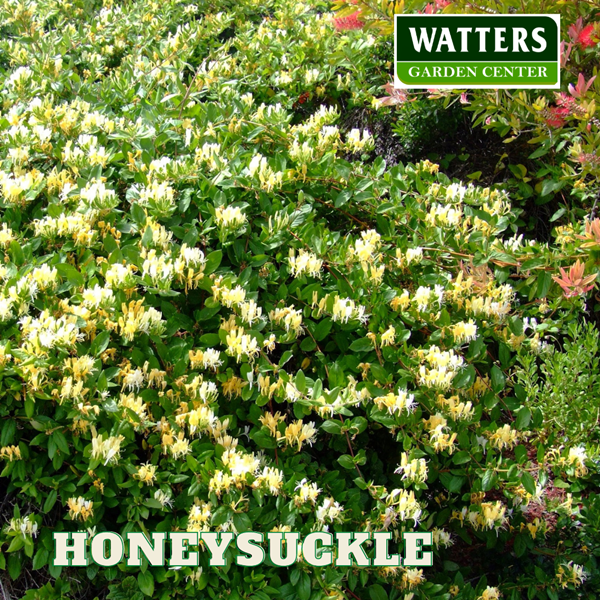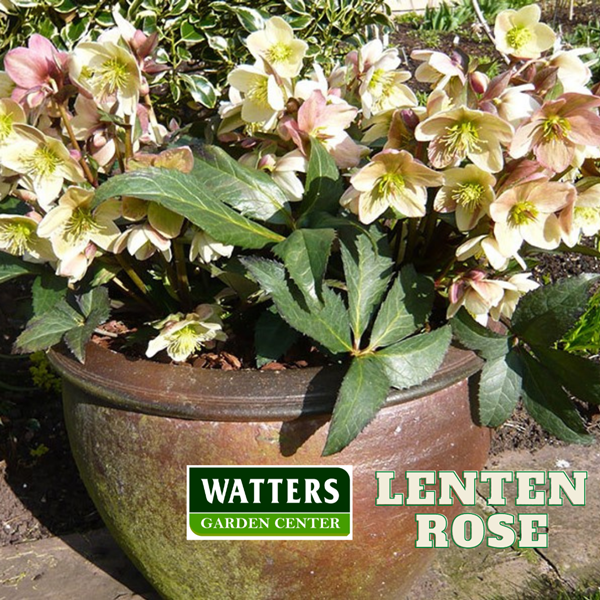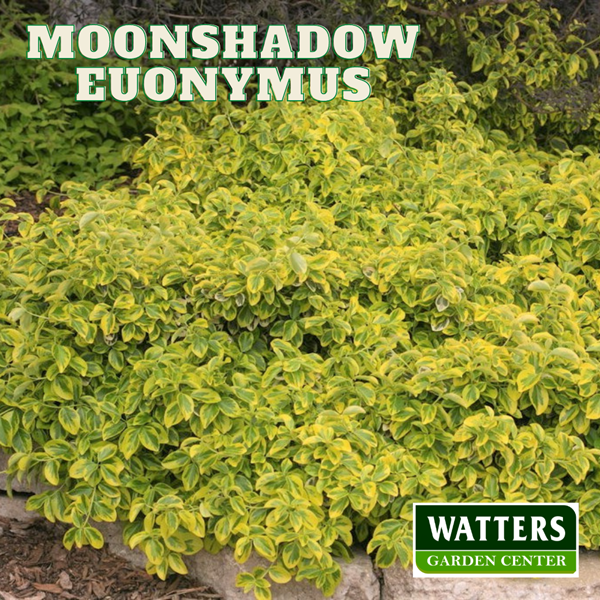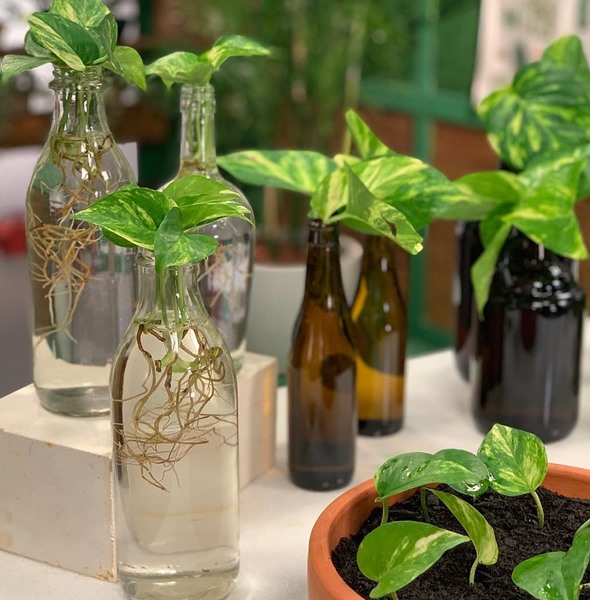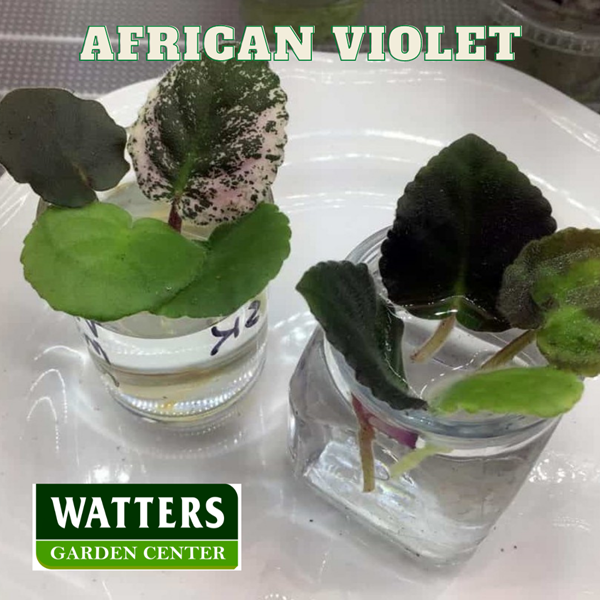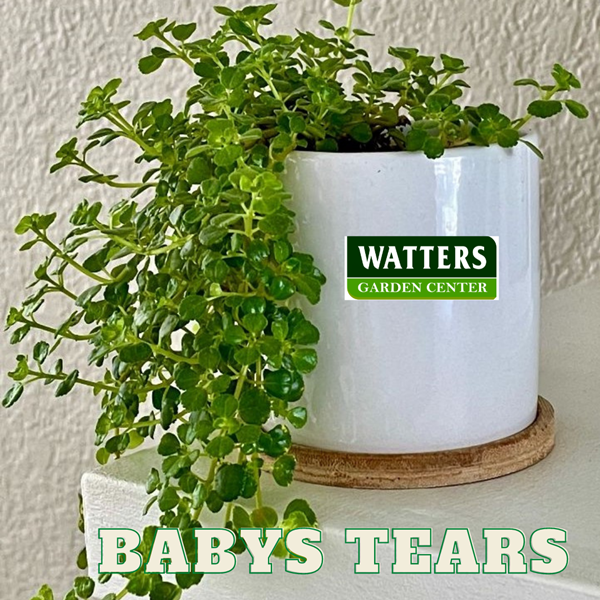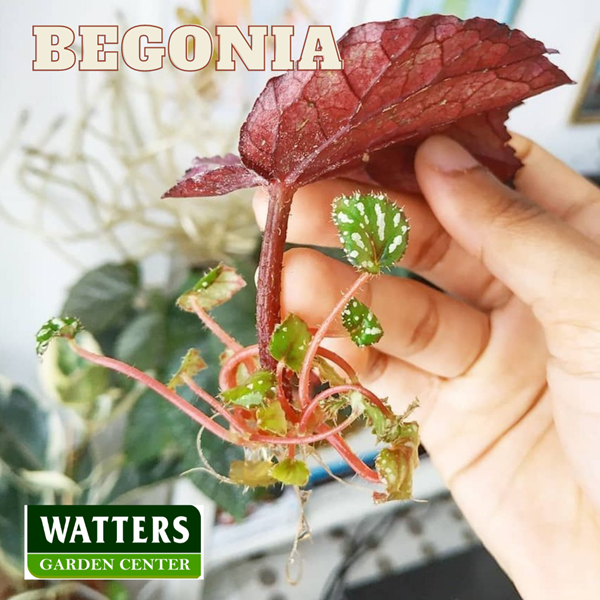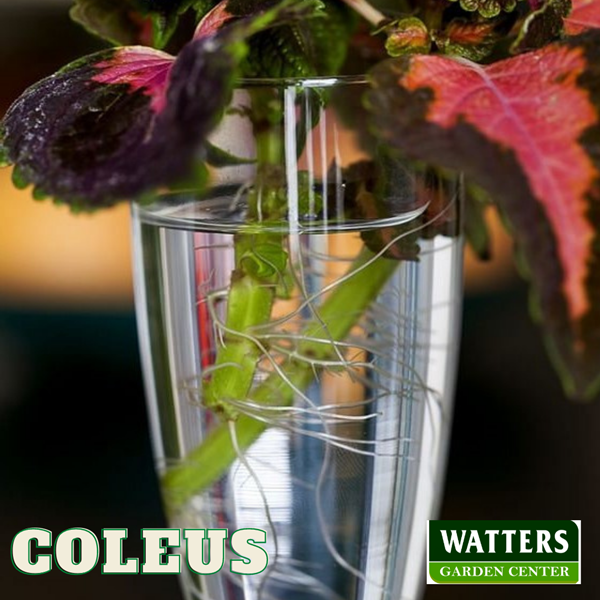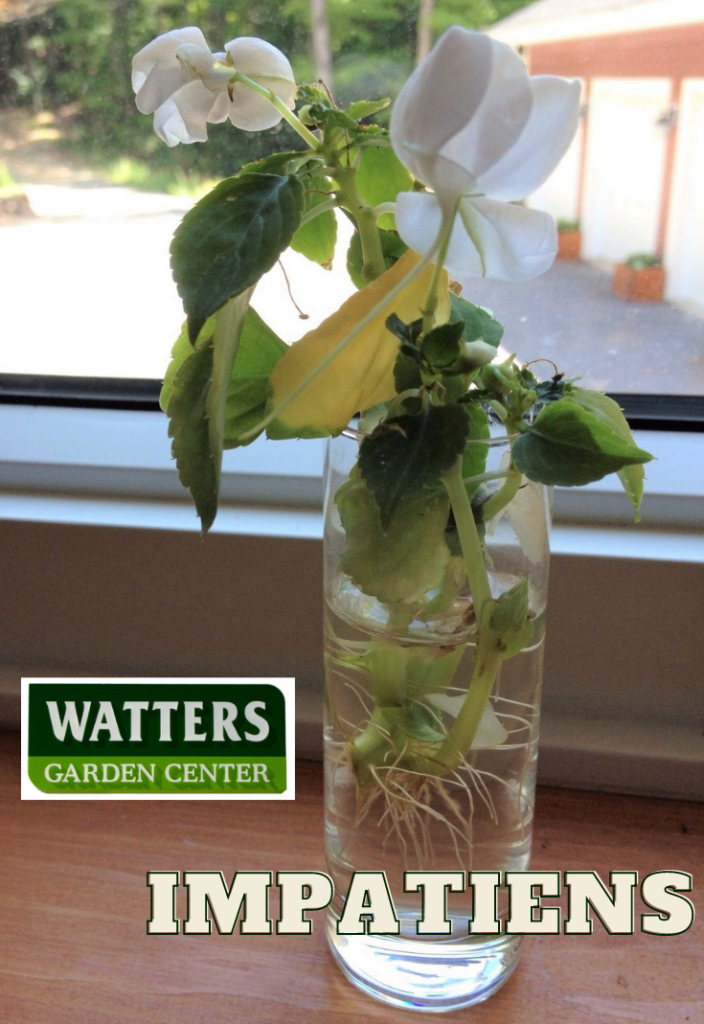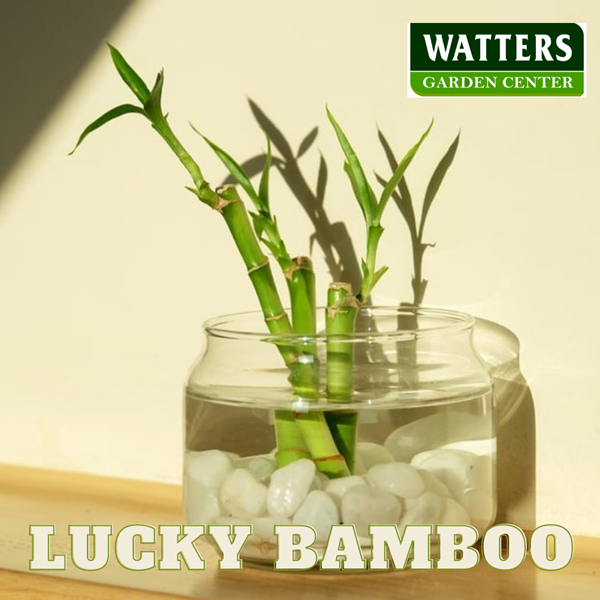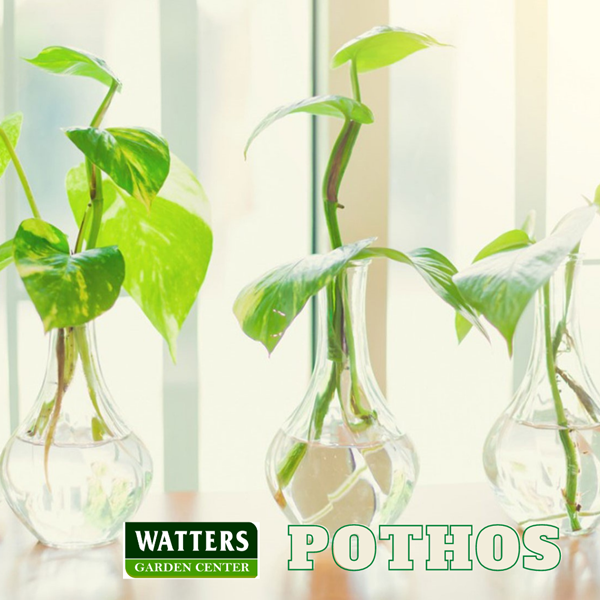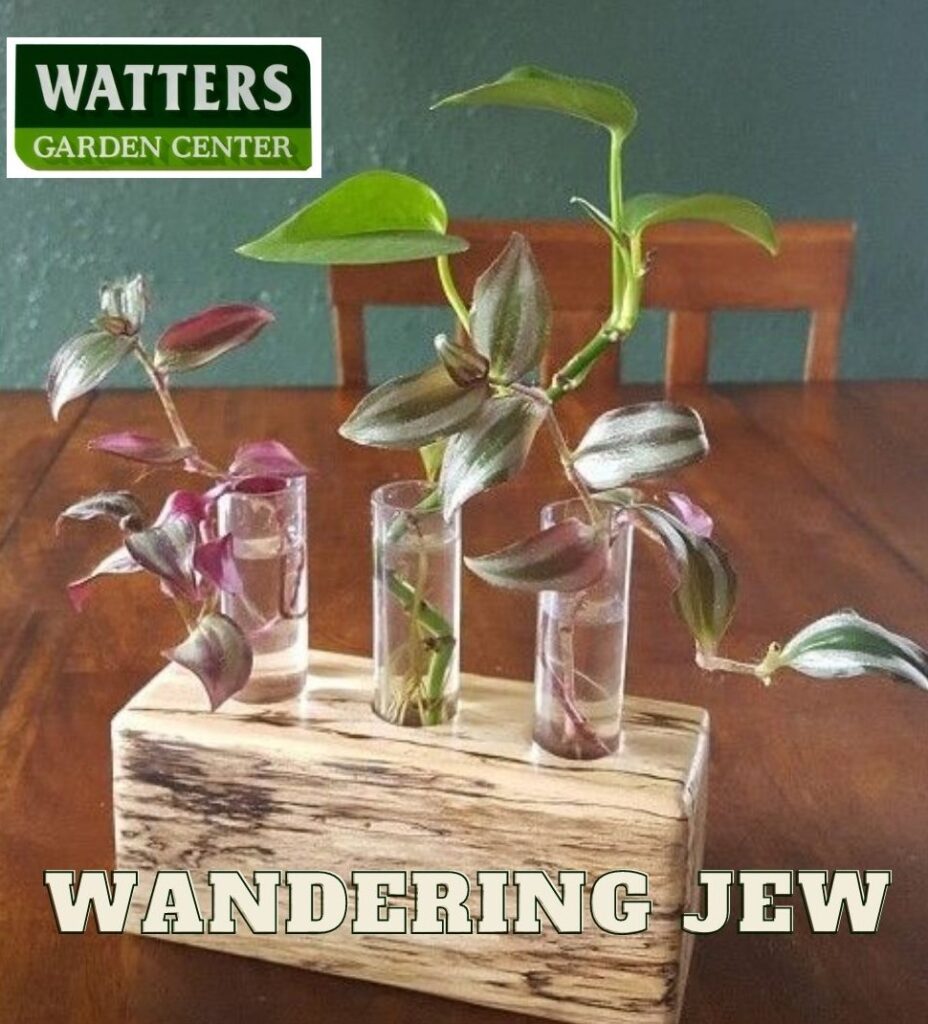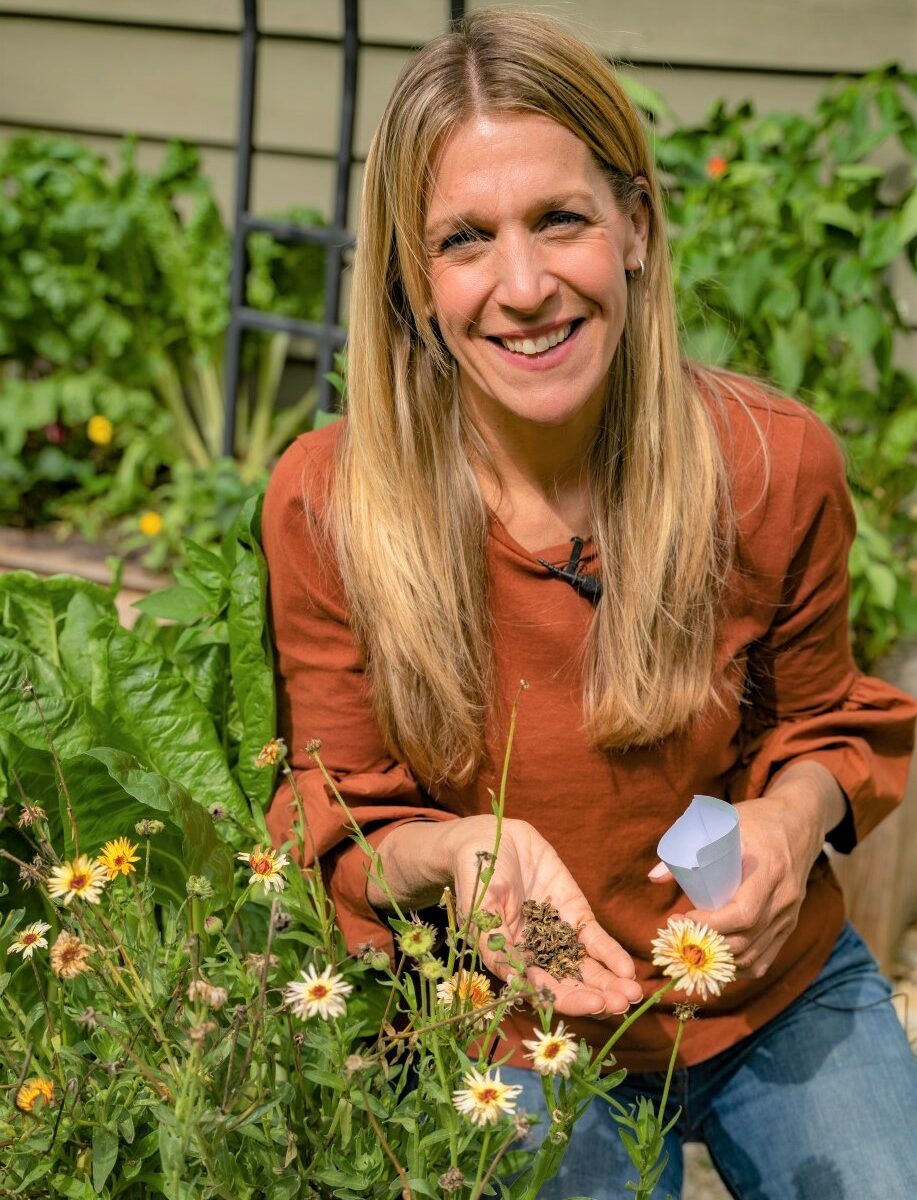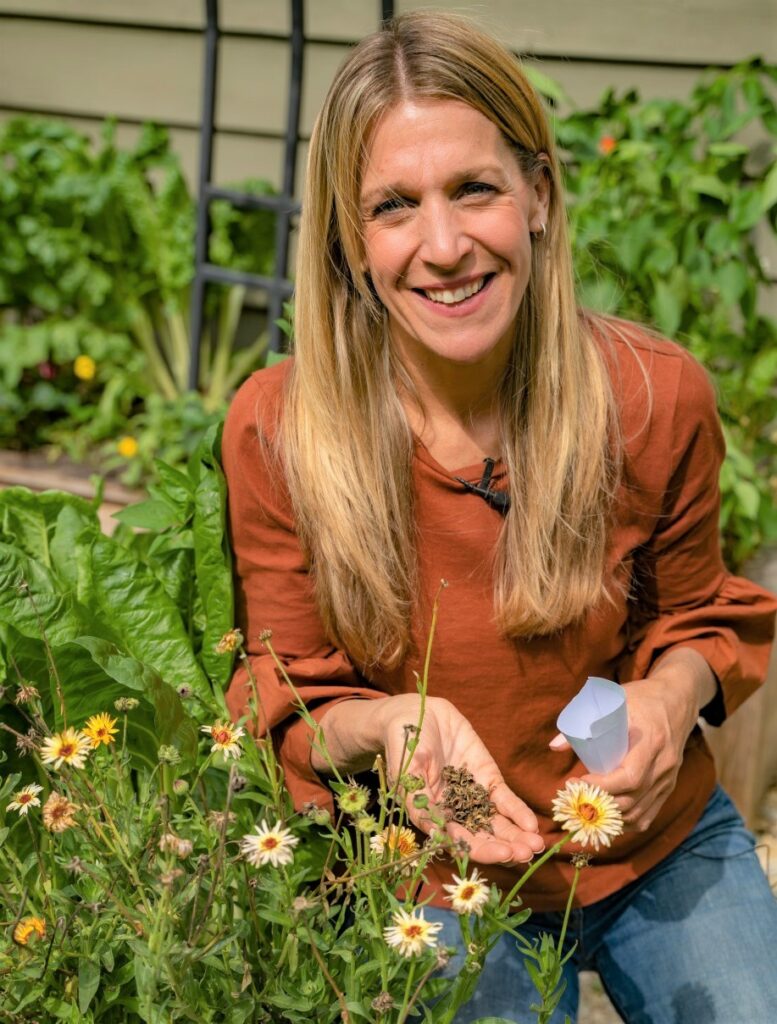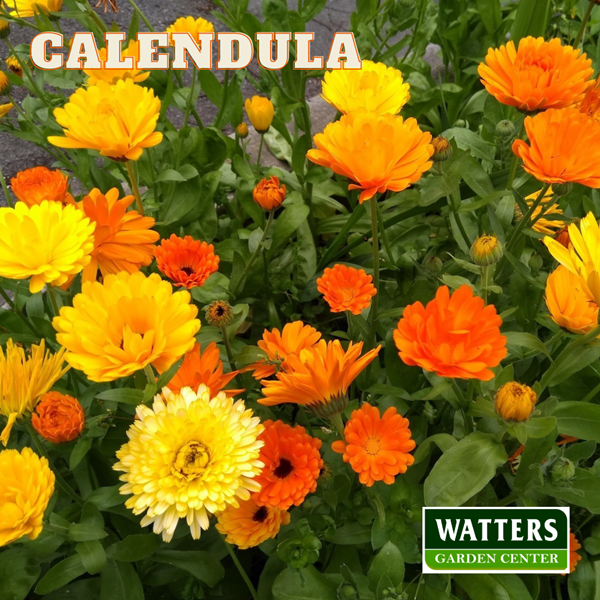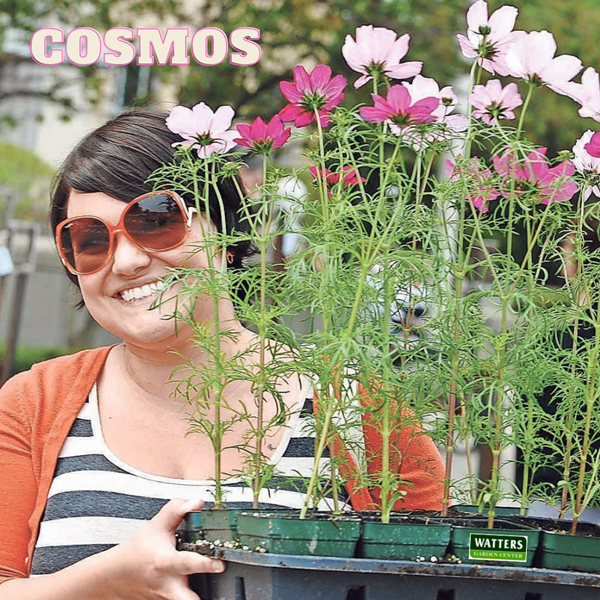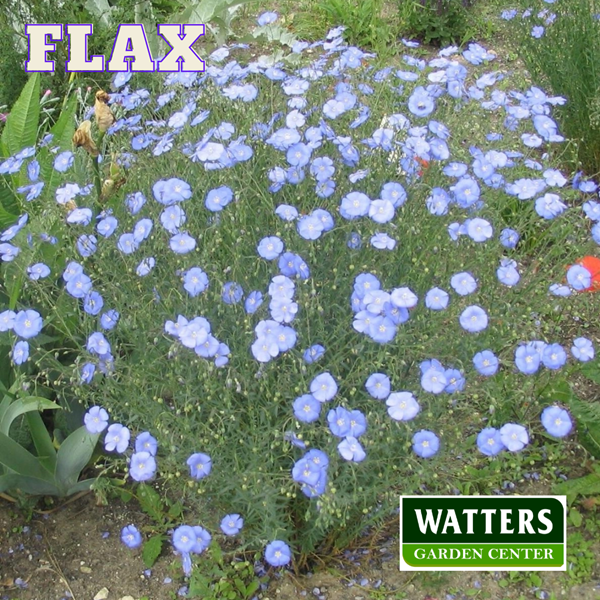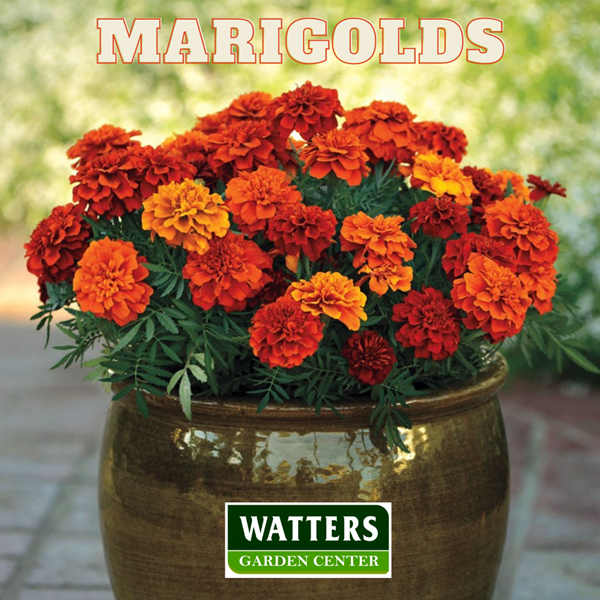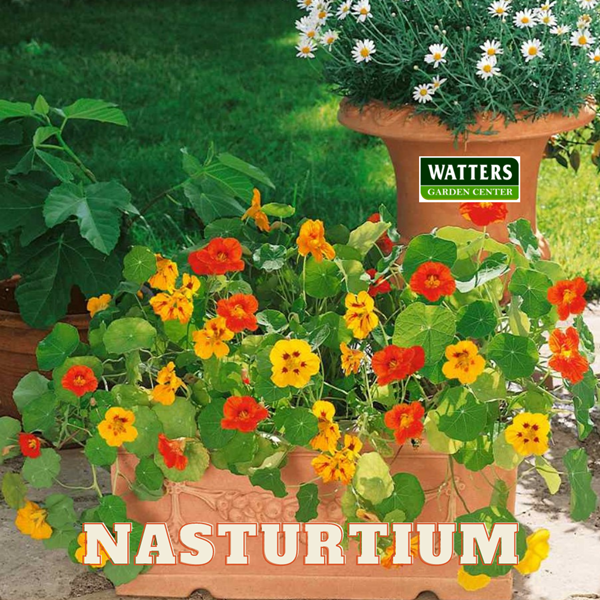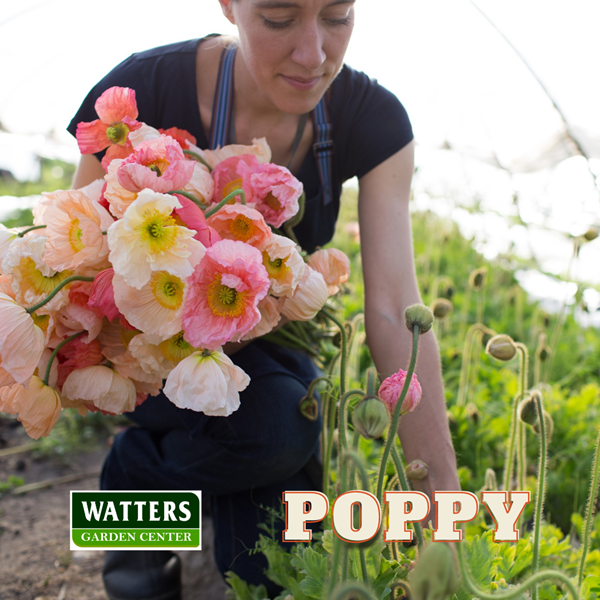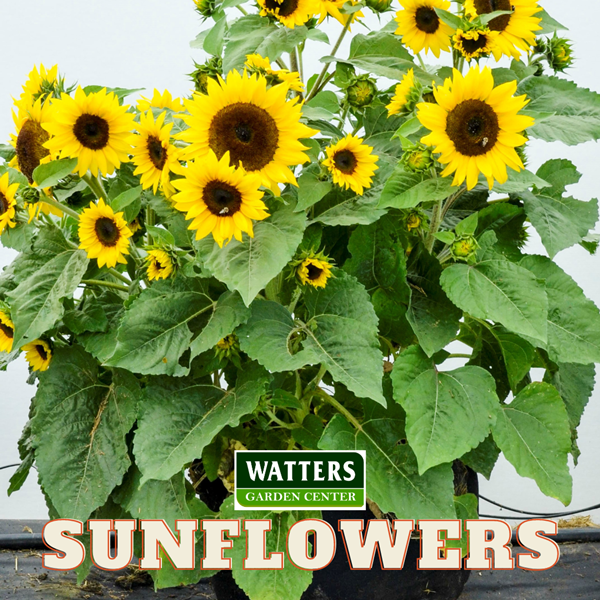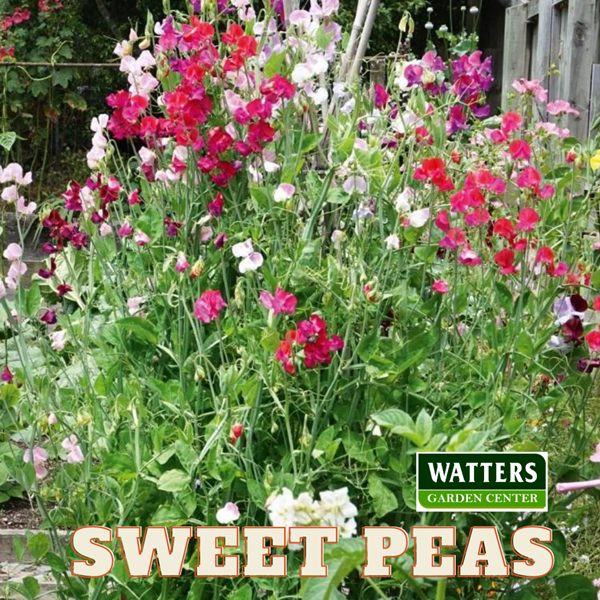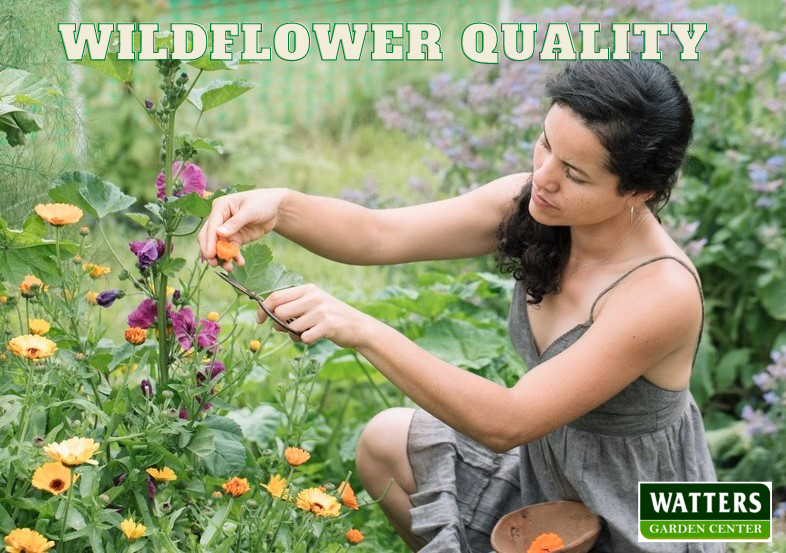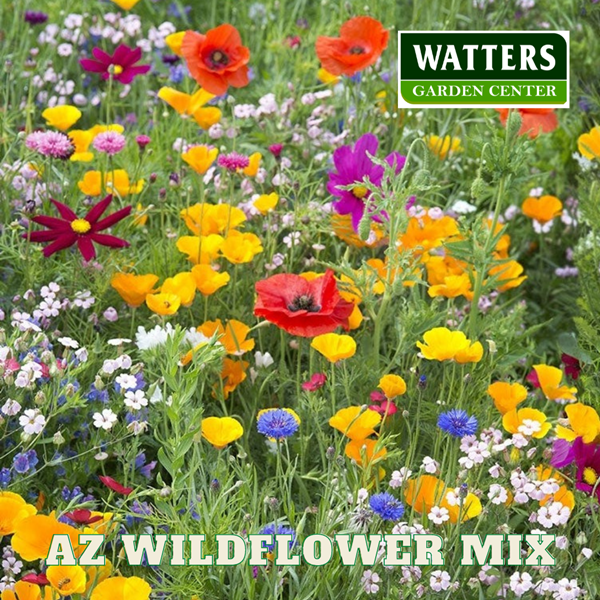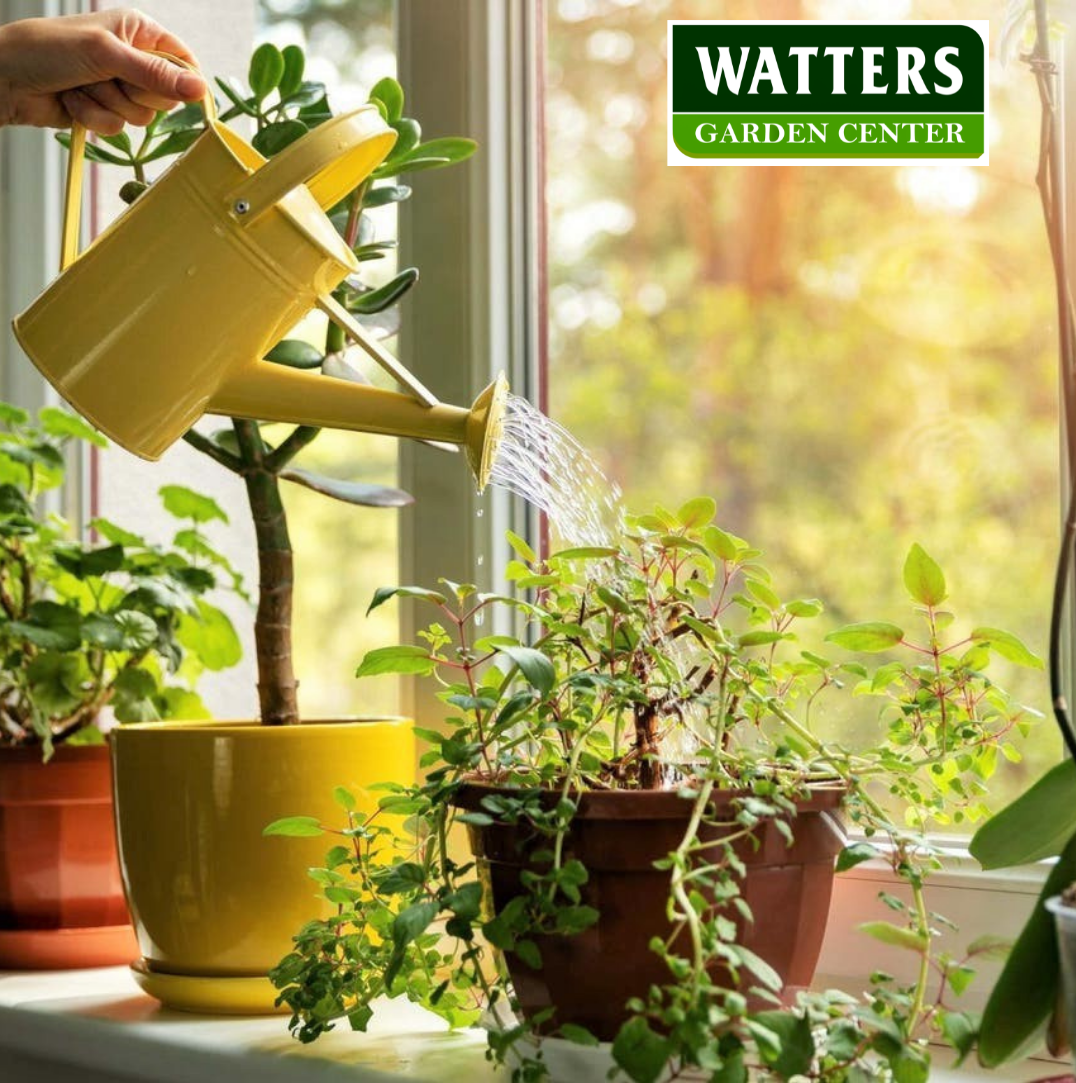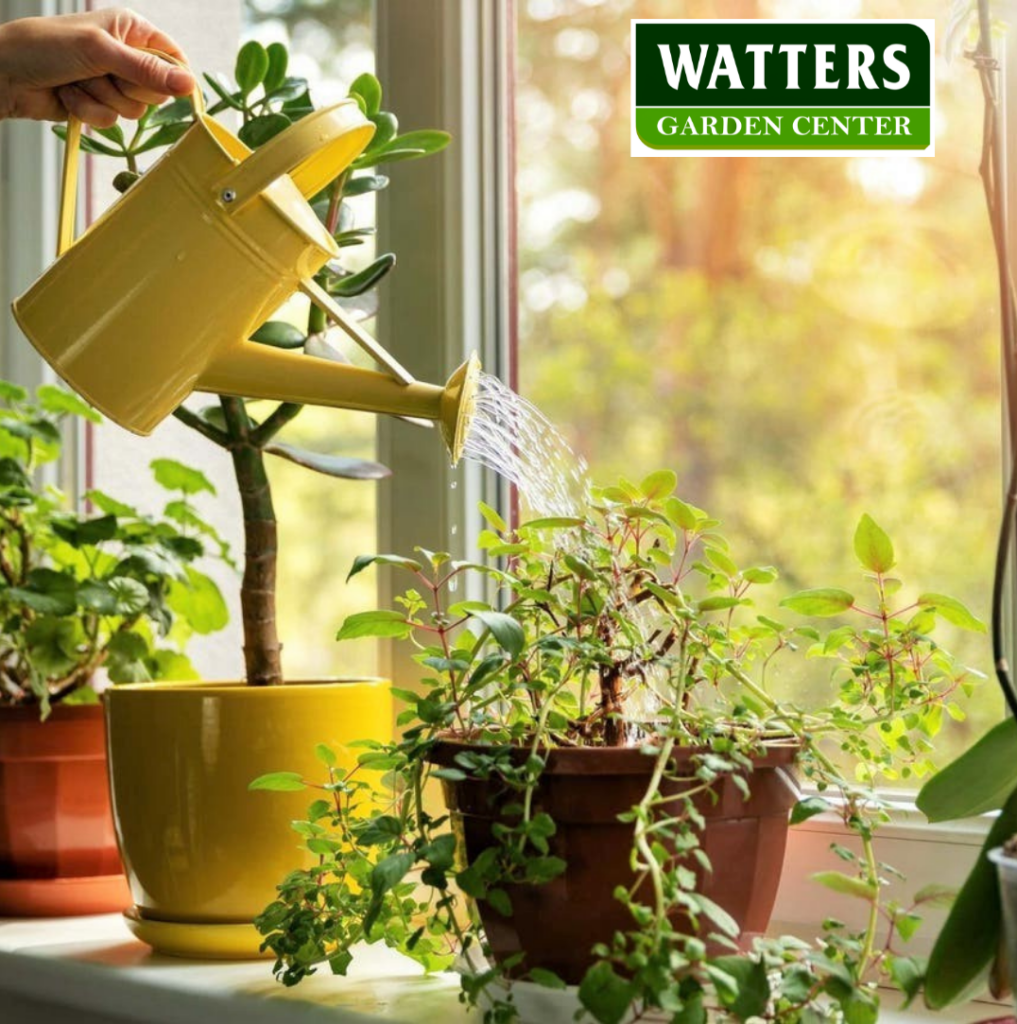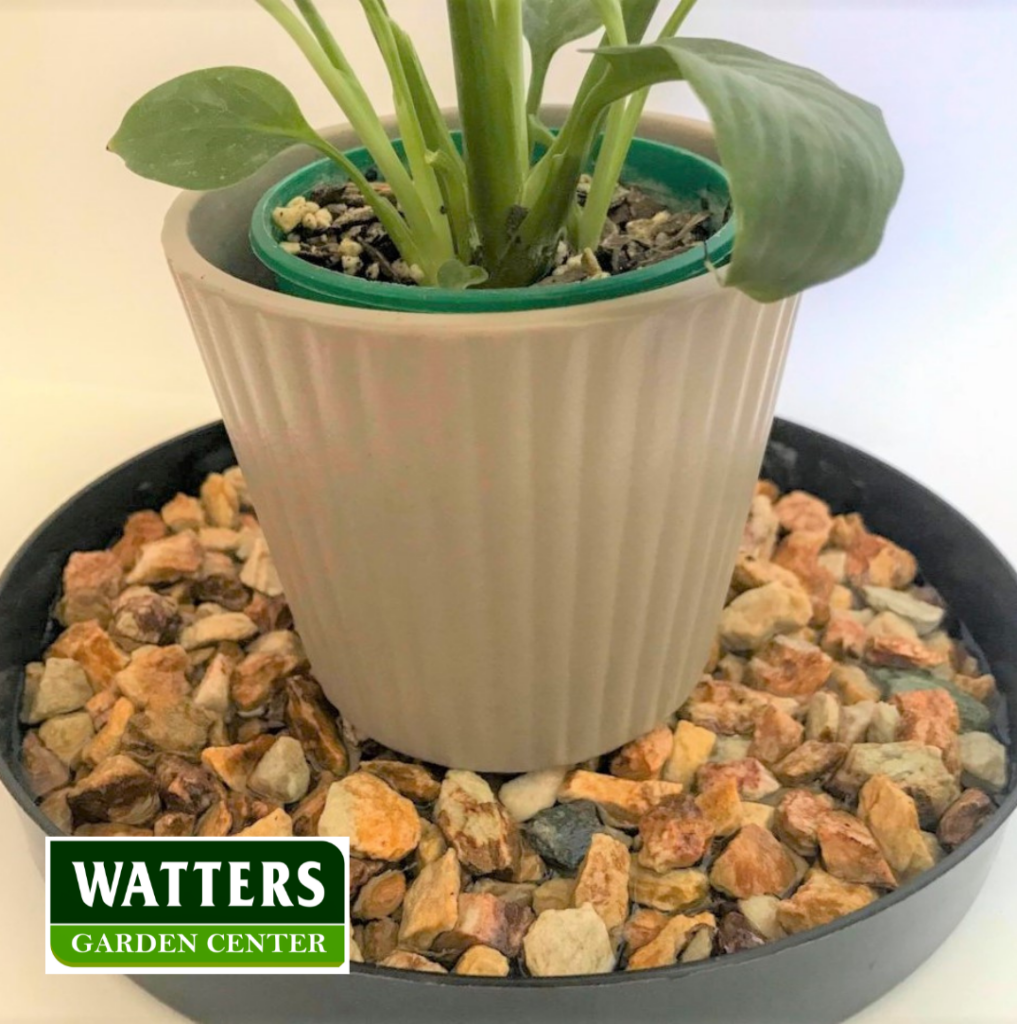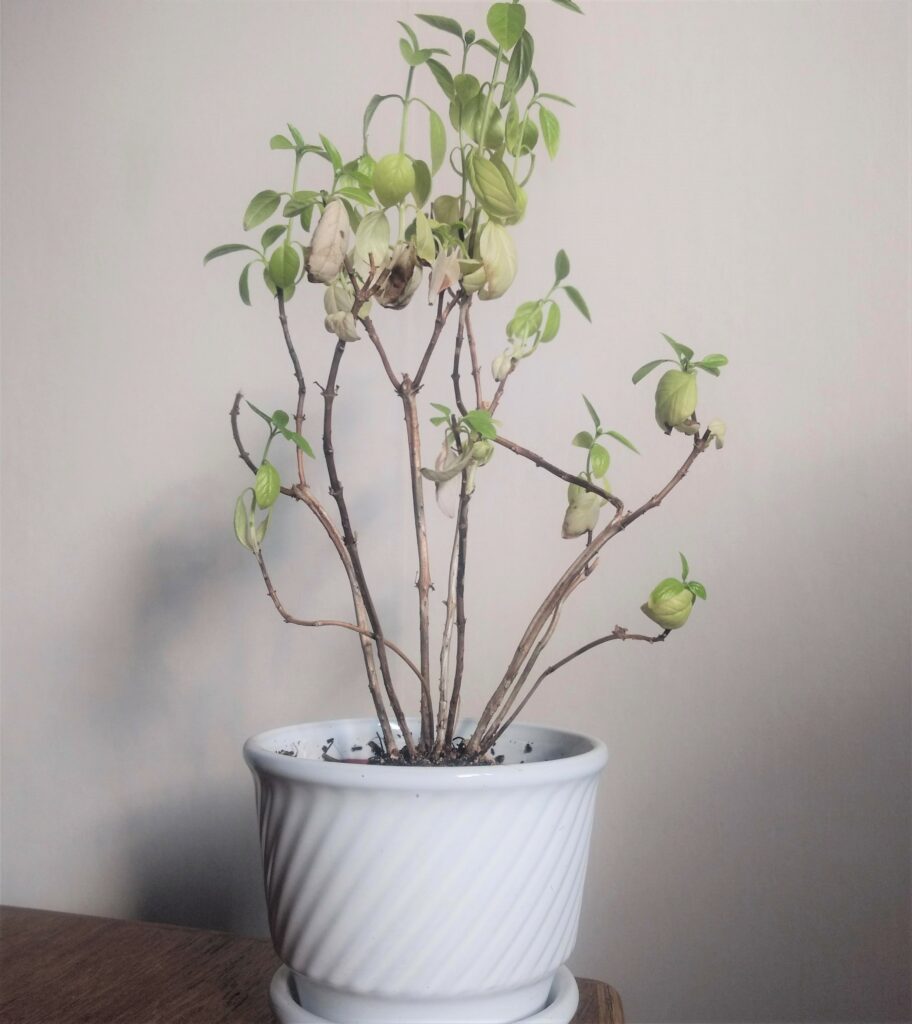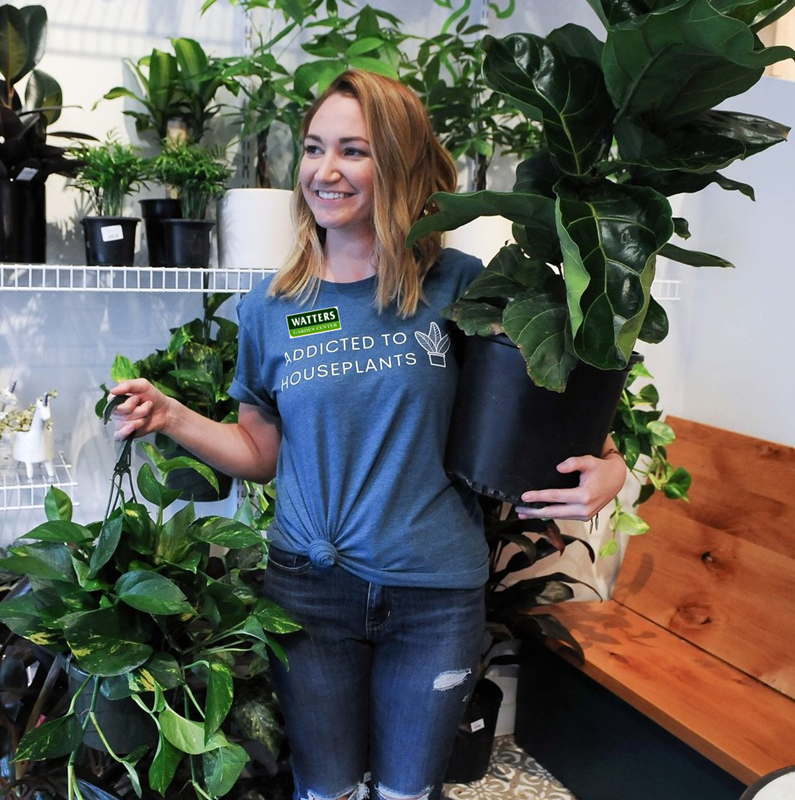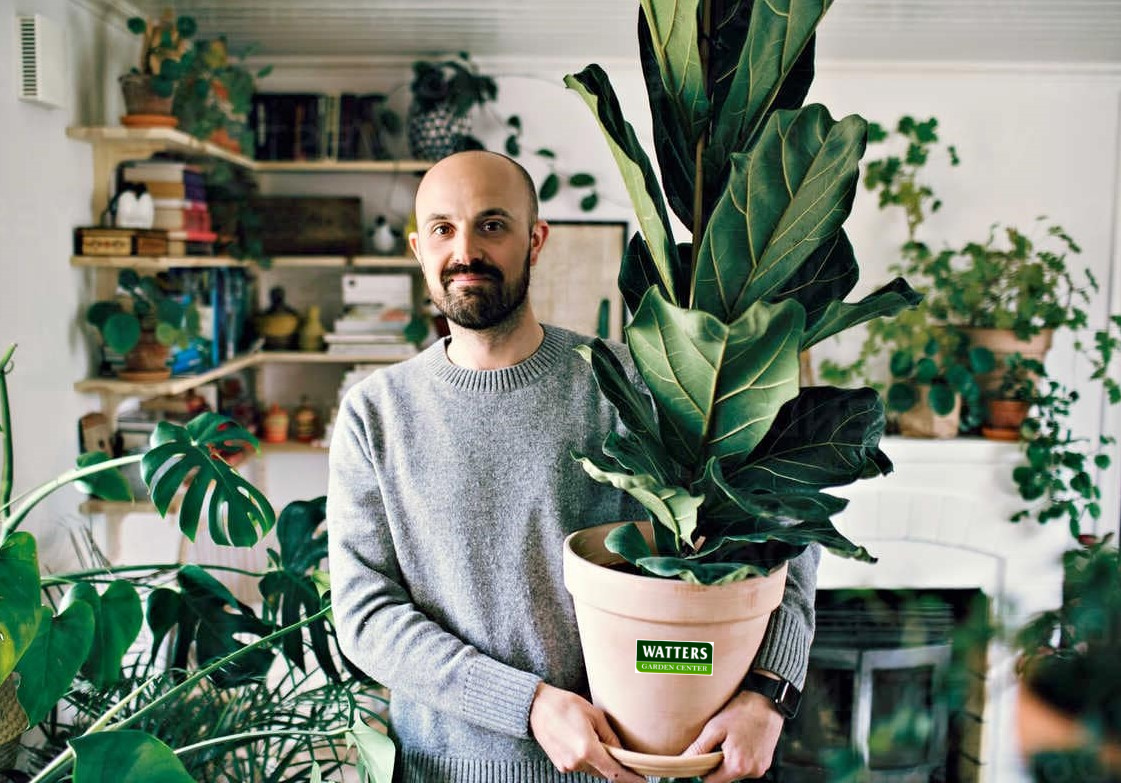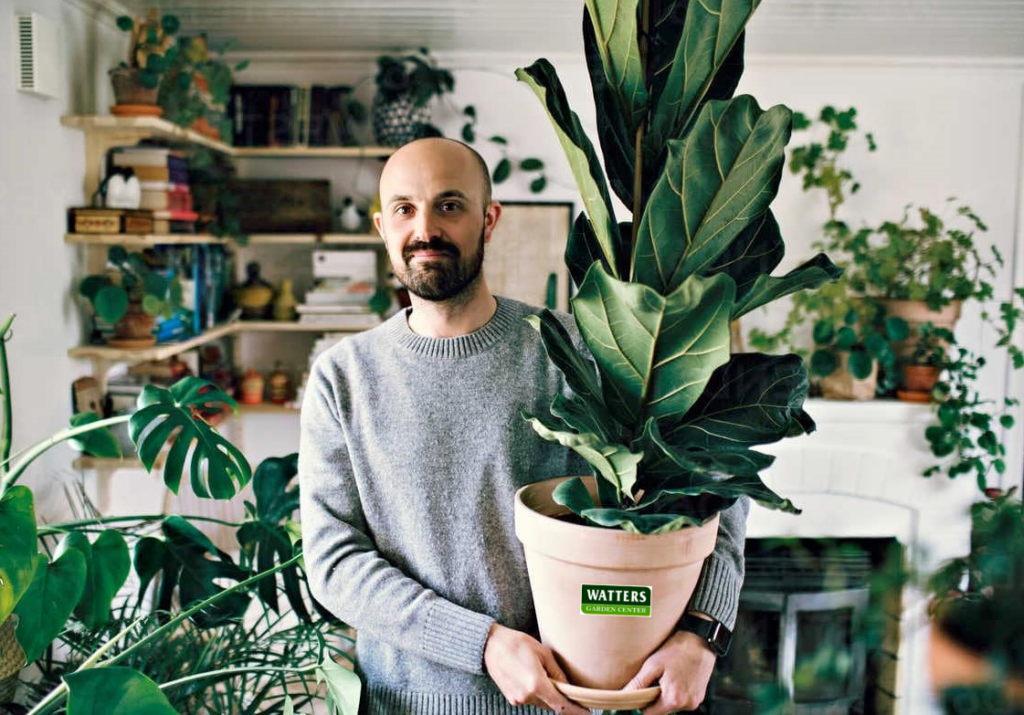by Ken Lain, the mountain gardener

Its Latin name, Rosmarinus officinalis, means ‘dew of the sea,’ most associated with healthy Mediterranean cooking.
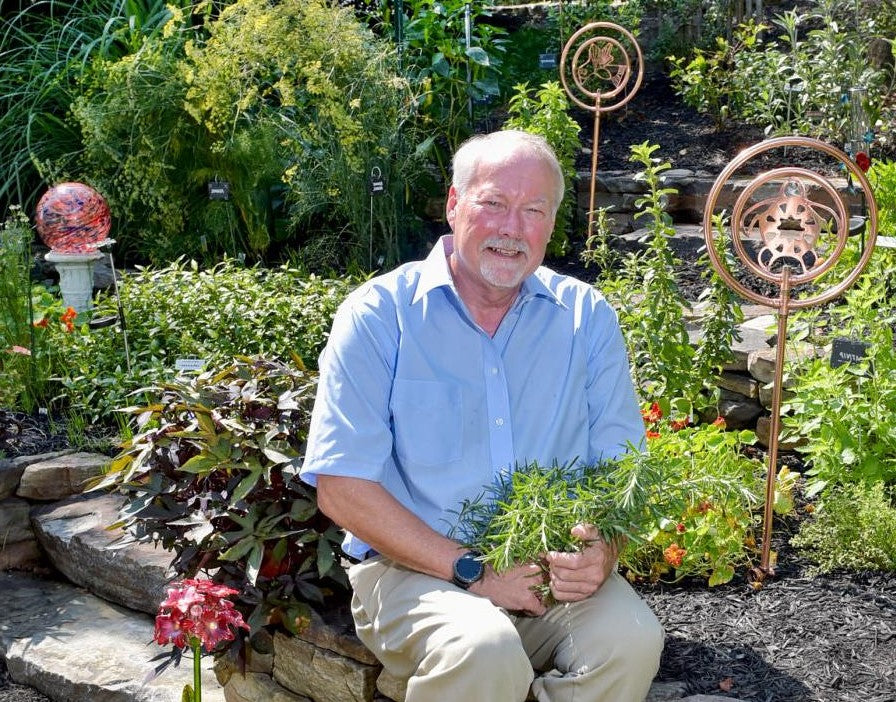
Imagine tumbling Rosemary growing over a wall and spreading across a desert rock lawn. Ideally, this rugged mountain gem is planted over garden walls, pots, banks, or a sunny patch of ground in the garden. Superb as a ground cover for hot, dry locations, its habit is low and mounds just 12″ inches high then spreads vigorously. Deep blue flowers arise in great masses that are both deer and pest resistant.
An evergreen thrifty on water use and stunning when cascading over retaining walls or planters. Creeping Rosemary forms a beautiful carpet of deep blue flowers backed by herbal green foliage for an attractive ground cover. The aromatic leaves are often used as a flavorful culinary seasoning picked from the garden any time of the year. One of its best uses is for erosion control on banks and slopes.
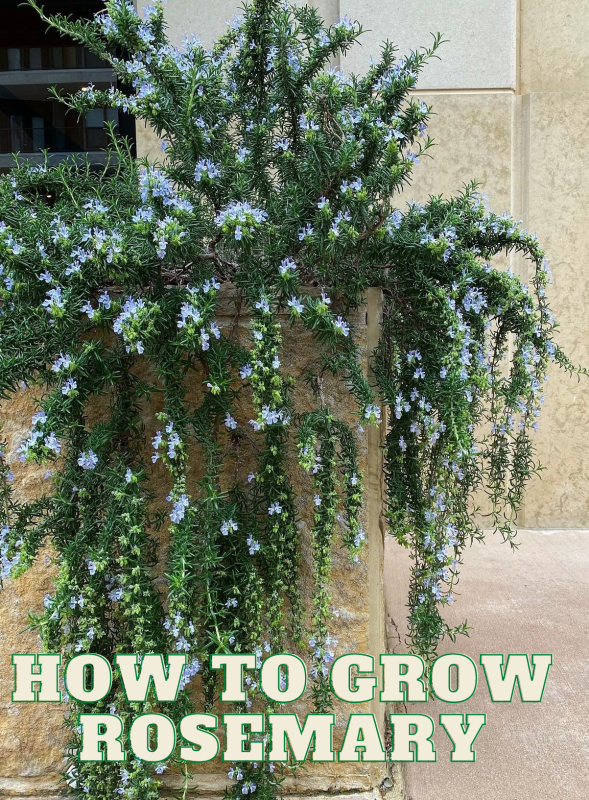
Botanical Name Rosmarinus officinalis
Common Name Rosemary
Plant Type Perennial evergreen herb
Mature Size 12″ inches x 5′ feet wide
Sun Exposure 6+ hours Full sun
Soil Type Sandy loam
Soil pH 5 to 10 pH
Bloom Time March to May, again in Fall
Flower Color Blue, white, and pink
Hardiness Zones 7 to 11 USDA
Native Area Mediterranean
1. Dig hole 2-3 times the container’s width but the same depth.
2. Score the root ball sides and bottom with a utility knife or pruners and place in the garden hole.
3. Blend Watters Premium Mulch into the native soil at 1 part mulch with two parts soil dug from the hole and pack firmly around the roots.
4. Sprinkle 7-4-4 All Purpose Plant Food around the planting area.
5. Prevent ‘Transplant Shock’ by adding Watters “Root & Grow“ to your water at 2-week cycles for the first 2 months.
6. Use the remaining Watters Mulch around your Rosemary and a top dressing. This extra step prevents weeds, insulates roots, and keeps the roots moist.
Light
To keep Rosemary happy, give it 6+ hours of full sunlight each day. When growing indoors, place it in a south-facing window for bright light.
Soil
Grow Rosemary in loamy, well-draining soil. This plant is native to the rocky hillsides of the Mediterranean and doesn’t do well if its roots stay soggy. Test the planting hole by filling it with water in the morning. If water is still pooling in your garden hole at the end of the day, you have drainage issues that need more work.
Water newly planted Rosemary regularly with a garden hose for at least one month (2 months in Summer). Automatic irrigation systems may not be sufficient initially. Water frequency will vary according to the season, exposure, and plant size.
April – Oct Rosemary should be irrigated 2 x weekly.
Nov – Mar Rosemary should be irrigated 2 x monthly.
Feed 4x Times per Year with 7-4-4 All Purpose Plant Food, Soil Sulfur, or Humic. Here’s the recommendation by season:
Spring = All Purpose Food + Soil Sulfur
Summer = All Purpose Food + Humic
September = All Purpose Food
December = All Purpose Food
Common Pests/ Diseases
The biggest problem with growing Rosemary indoors is getting the humidity level right. High humidity and poor air circulation commonly result in Powdery Mildew on rosemary plants. Powdery Mildew is a white, powdery fungus that develops if the surrounding air is humid and there is insufficient air movement.
Bugs to look for during the growing season are aphids and spider mites. These pests seem to live on houseplants through winter. Catching an infestation early makes for easy control. Triple Action by Watters Garden Center quickly cures both Powdery Mildew and most insects organically.
Organic herbs grow naturally in the mountains of Arizona. Lavender to Lemon Grass and Rue to Rosemary; you’ll find the best garden selection of Watters organic herbs in spring.
Garden Alert! Aphids have infested local garden trees until they glisten and look wet. This is dangerous for early spring growth. Treat trees immediately with Watters Horticultural Oil for a completely organic solution.
Until the next week, I’ll be helping locals grow better herbs here at Watters Garden Center.
Ken Lain can be found at Watters Garden Center throughout the week, 1815 Iron Springs Rd in Prescott, or contacted through his website at WattersGardenCenter.com or Top10Herbs.com.

